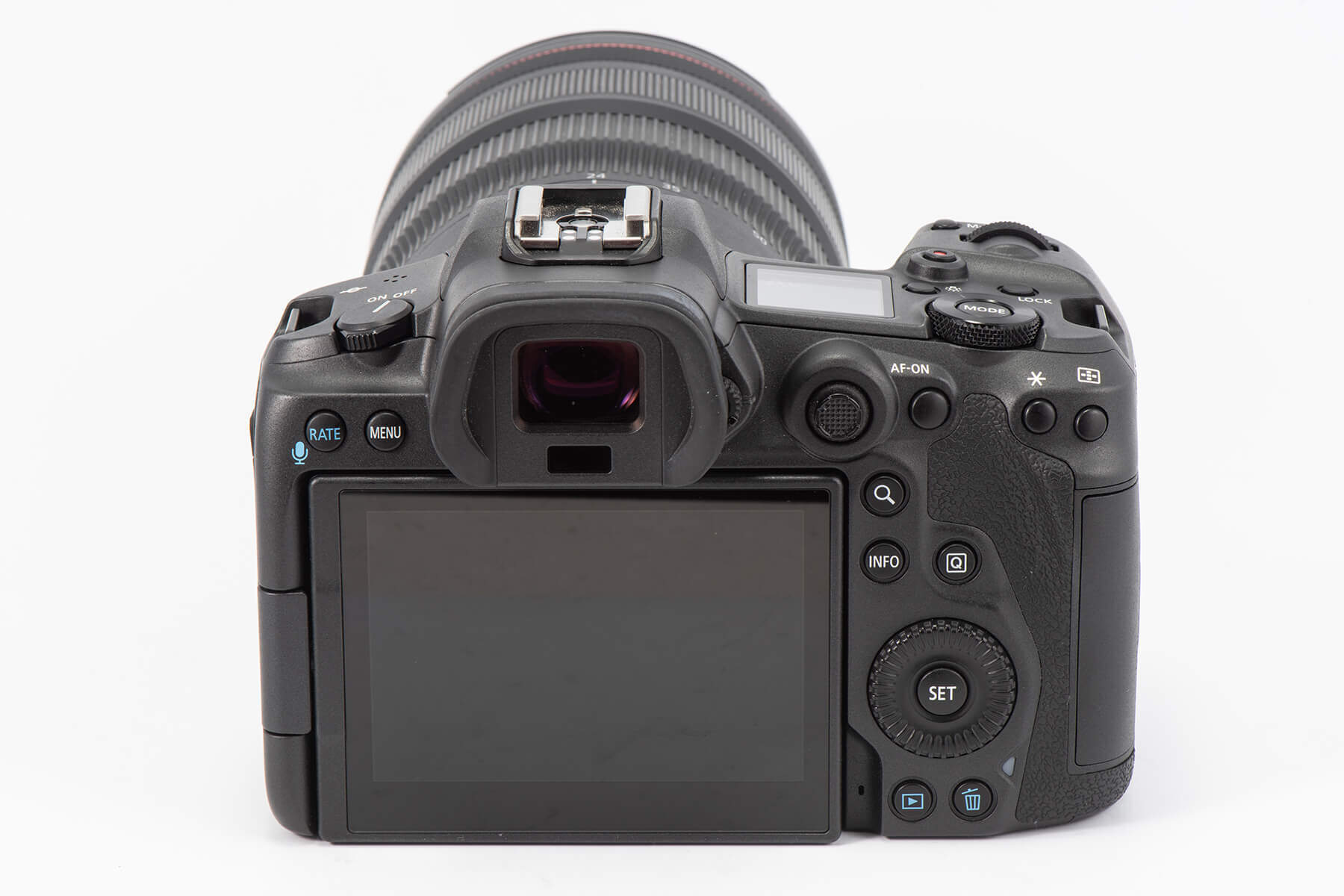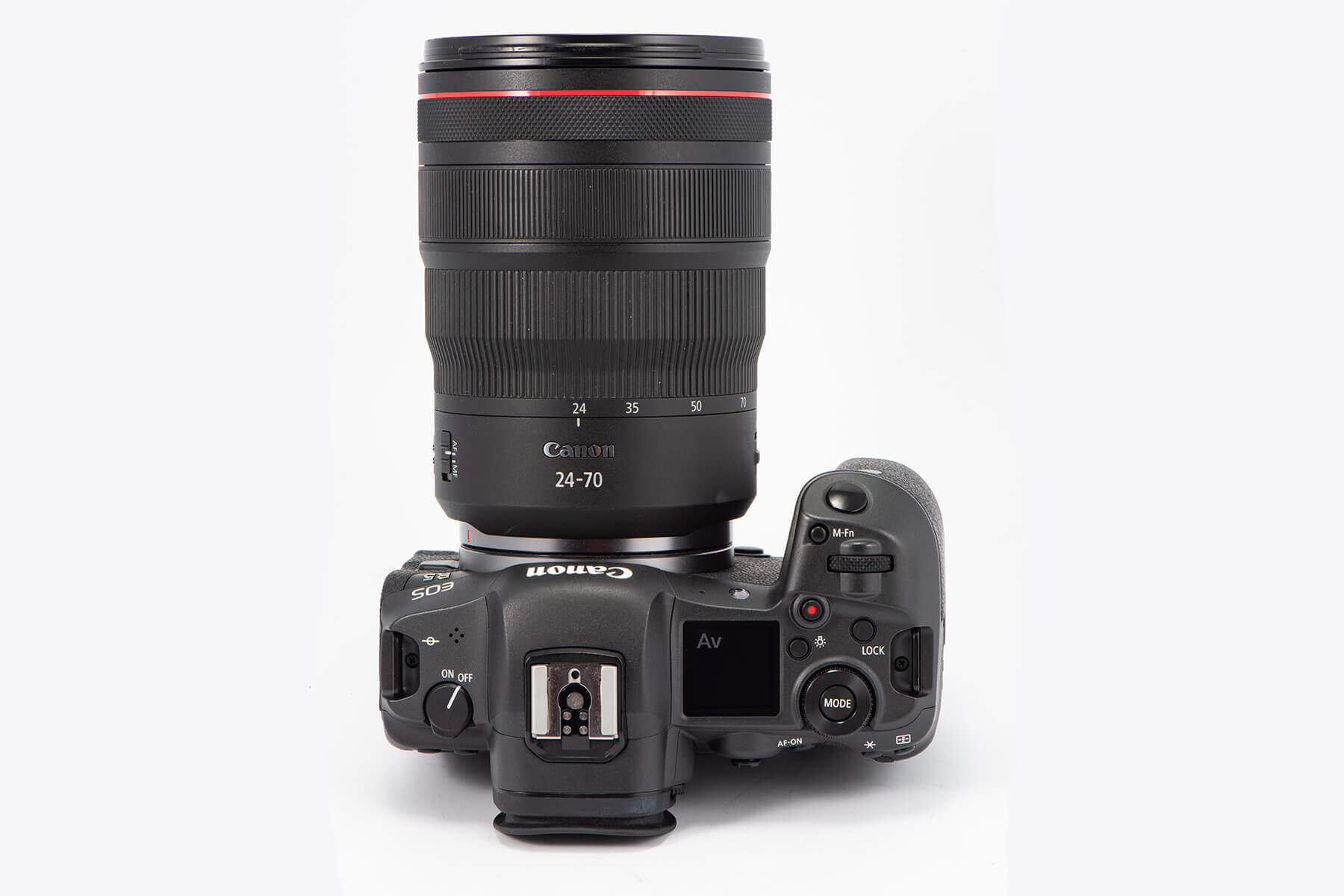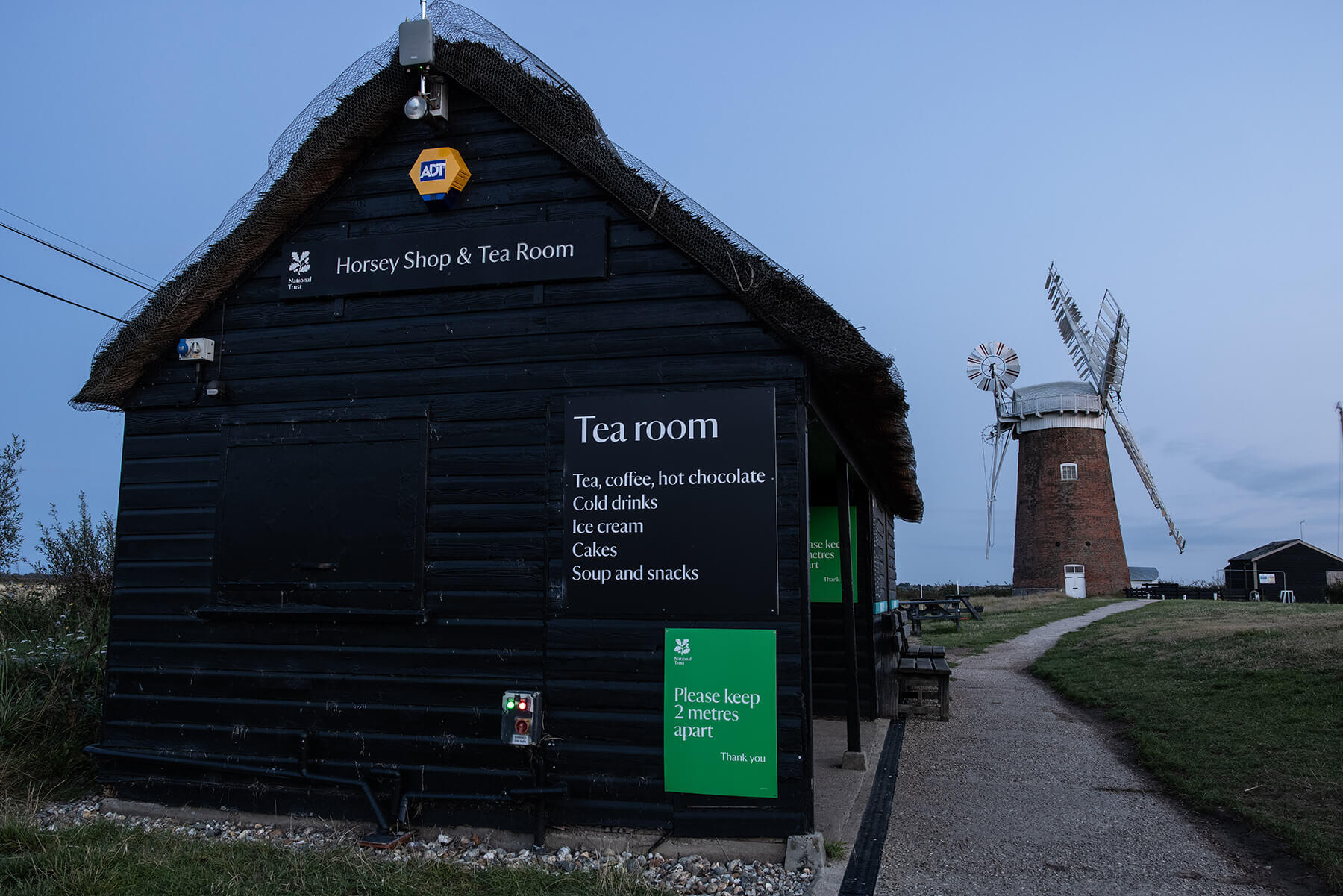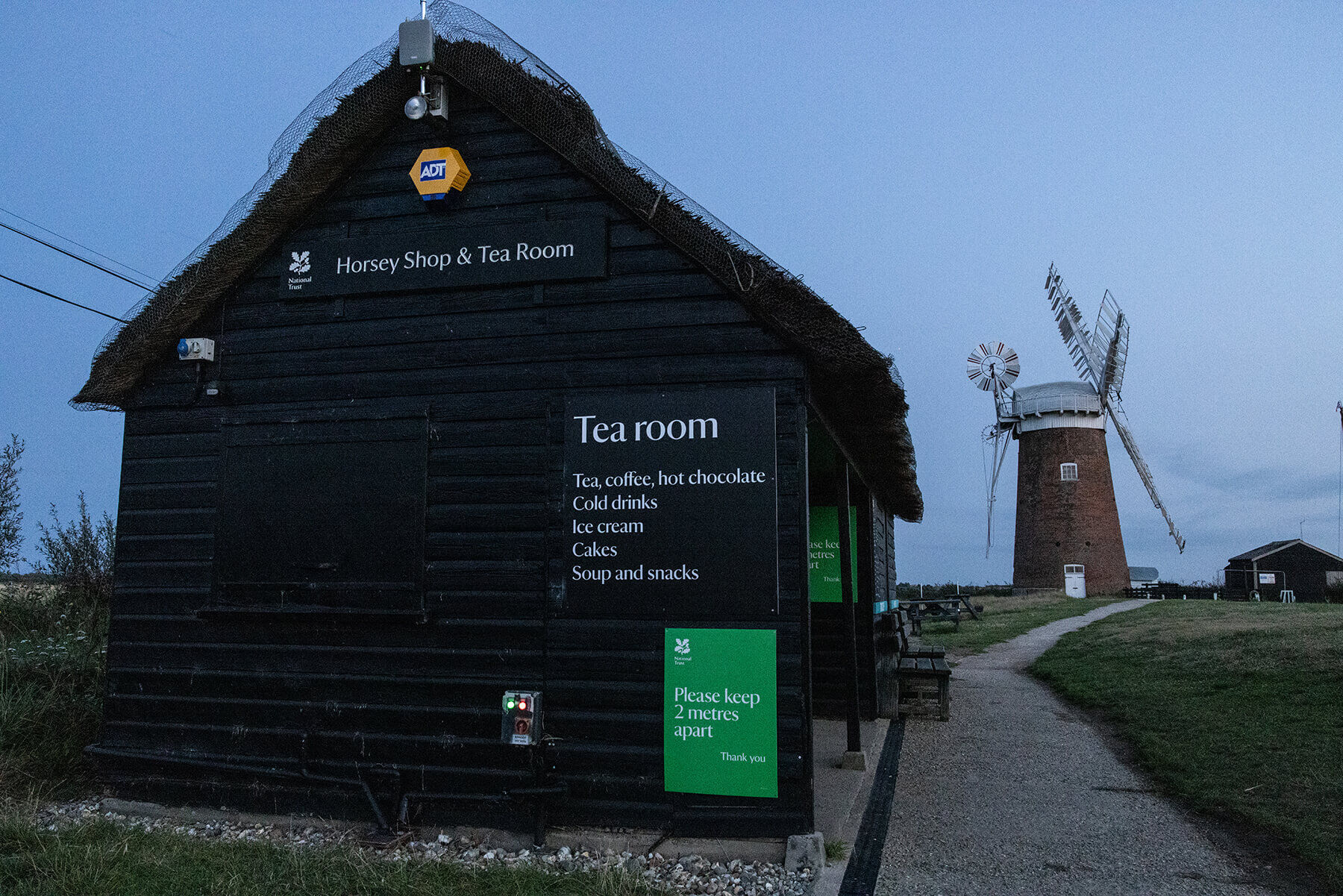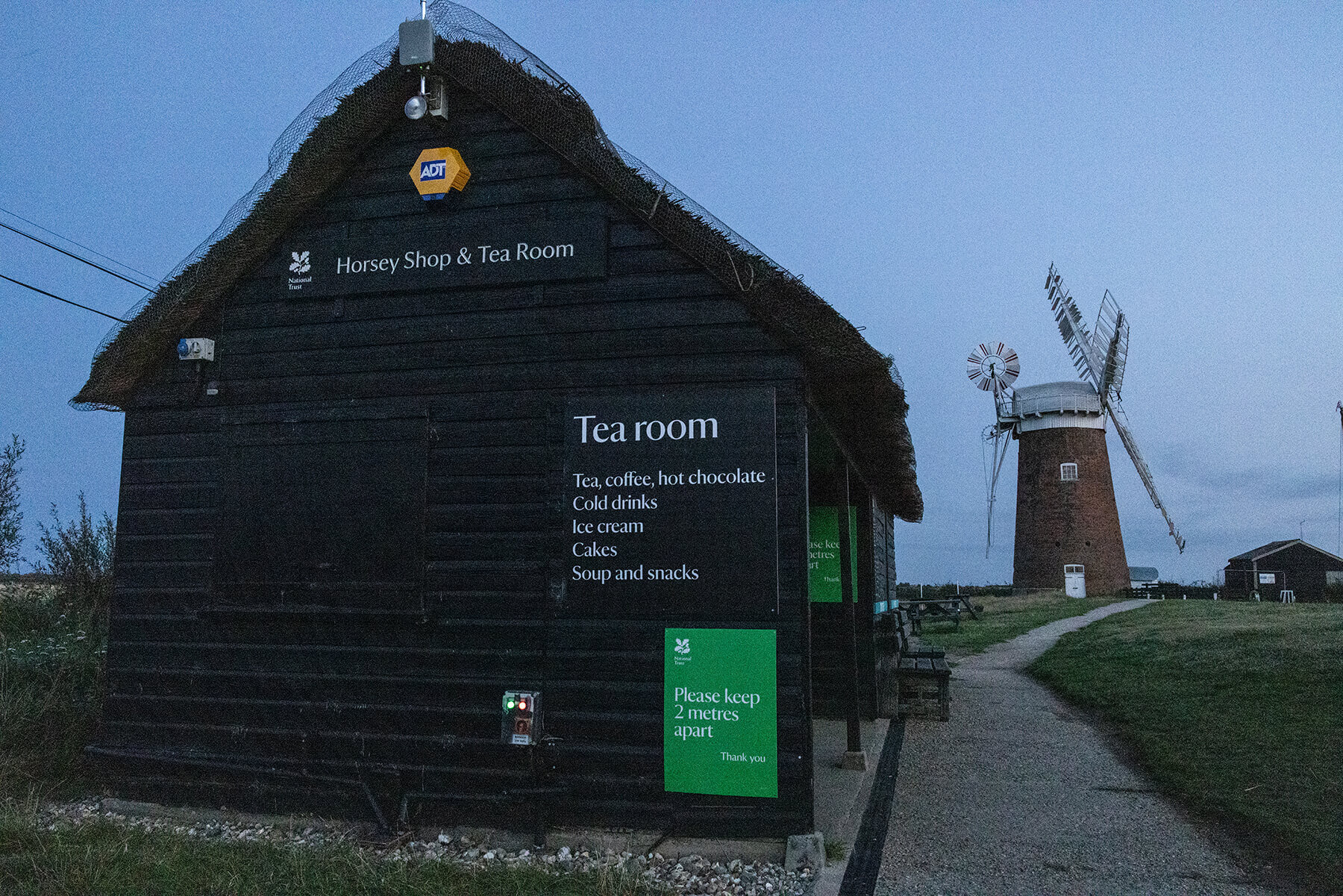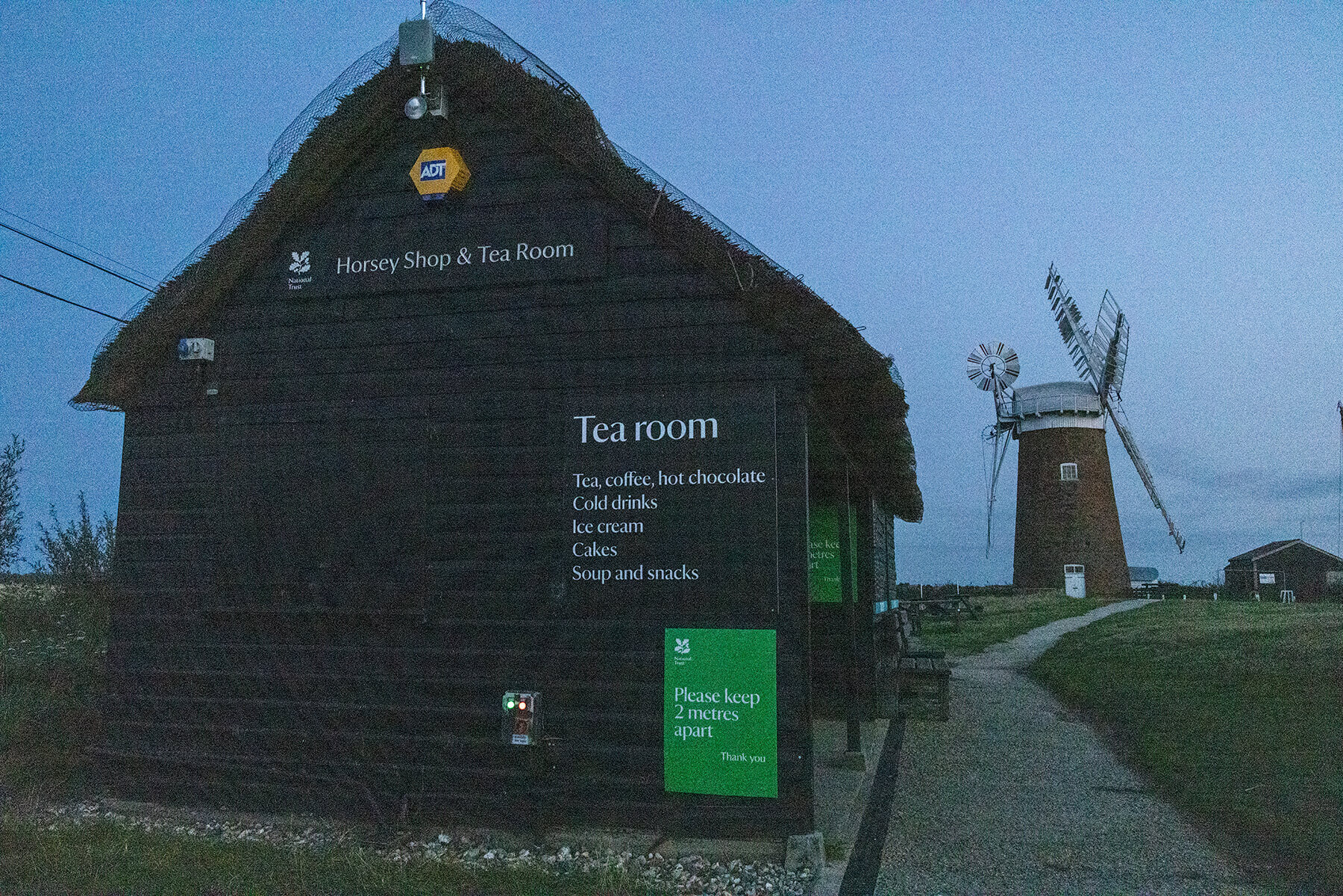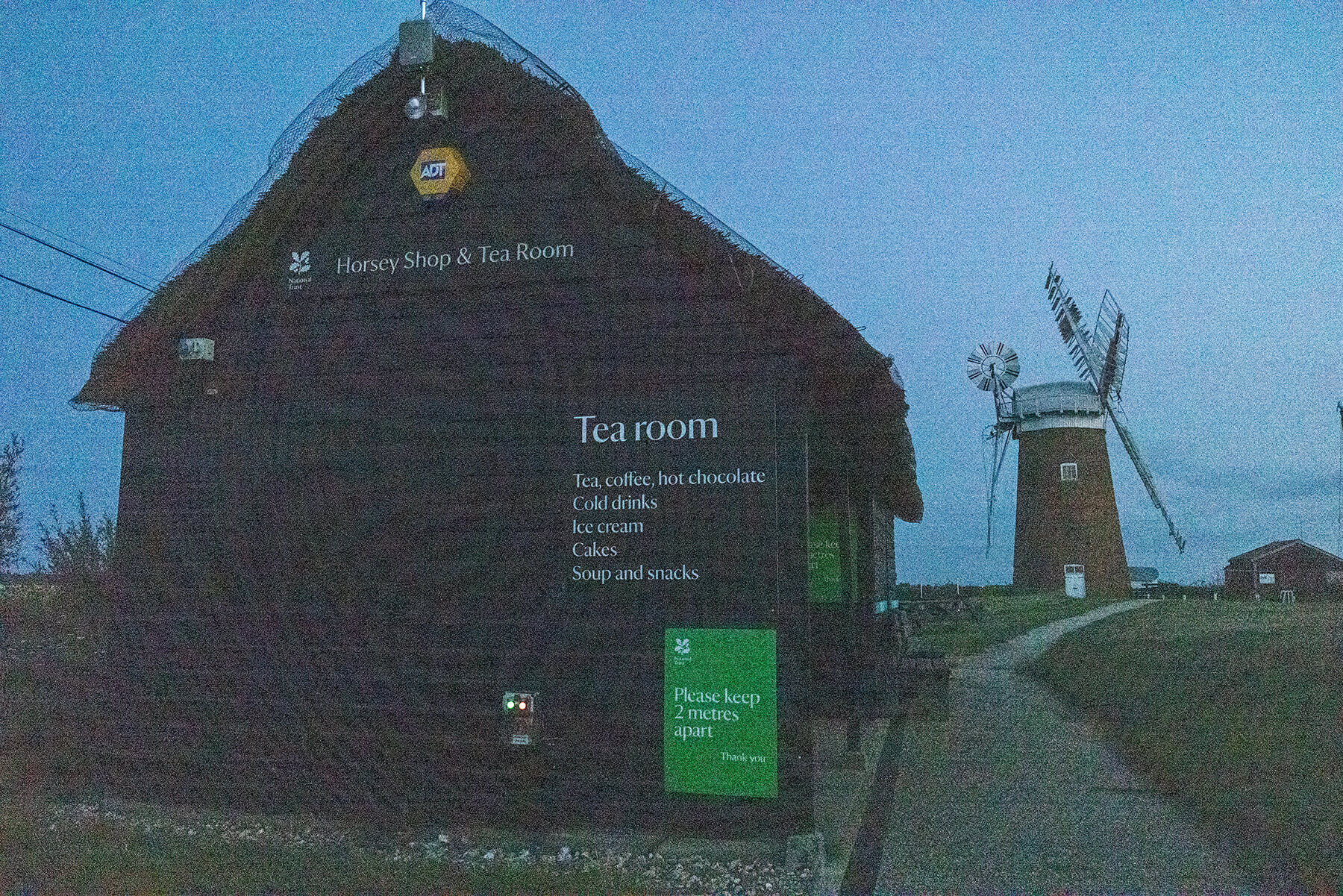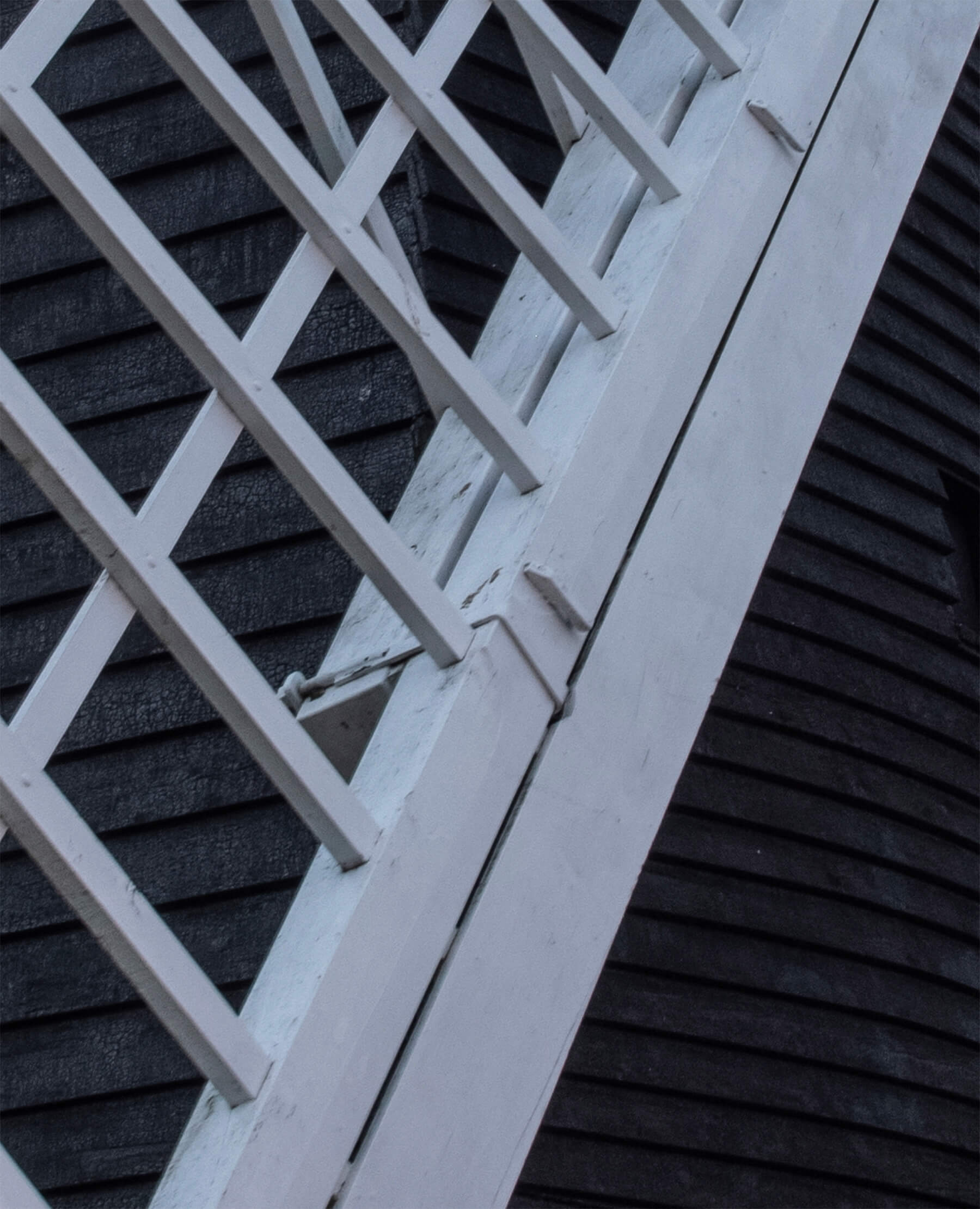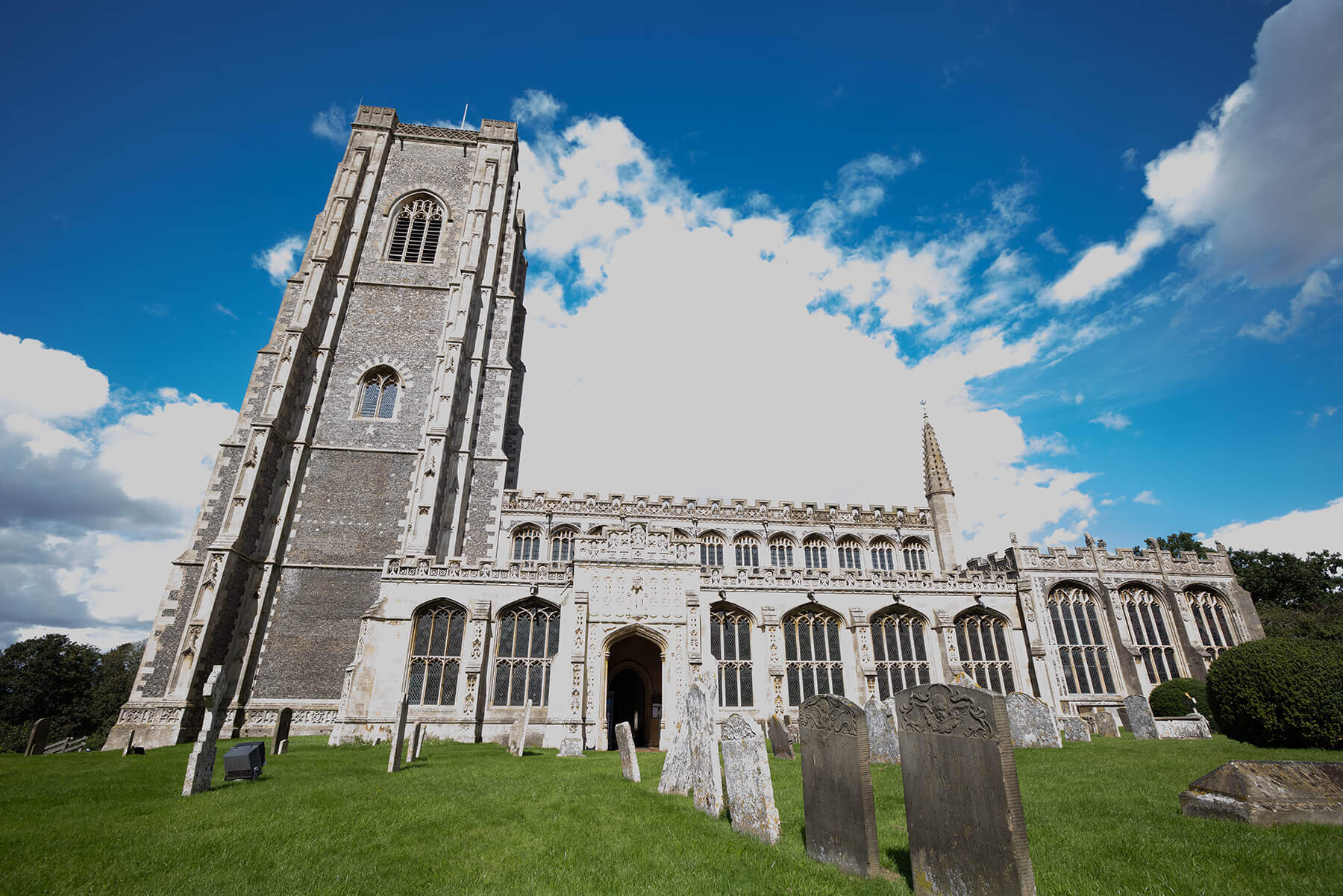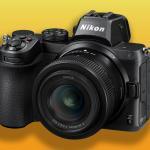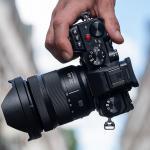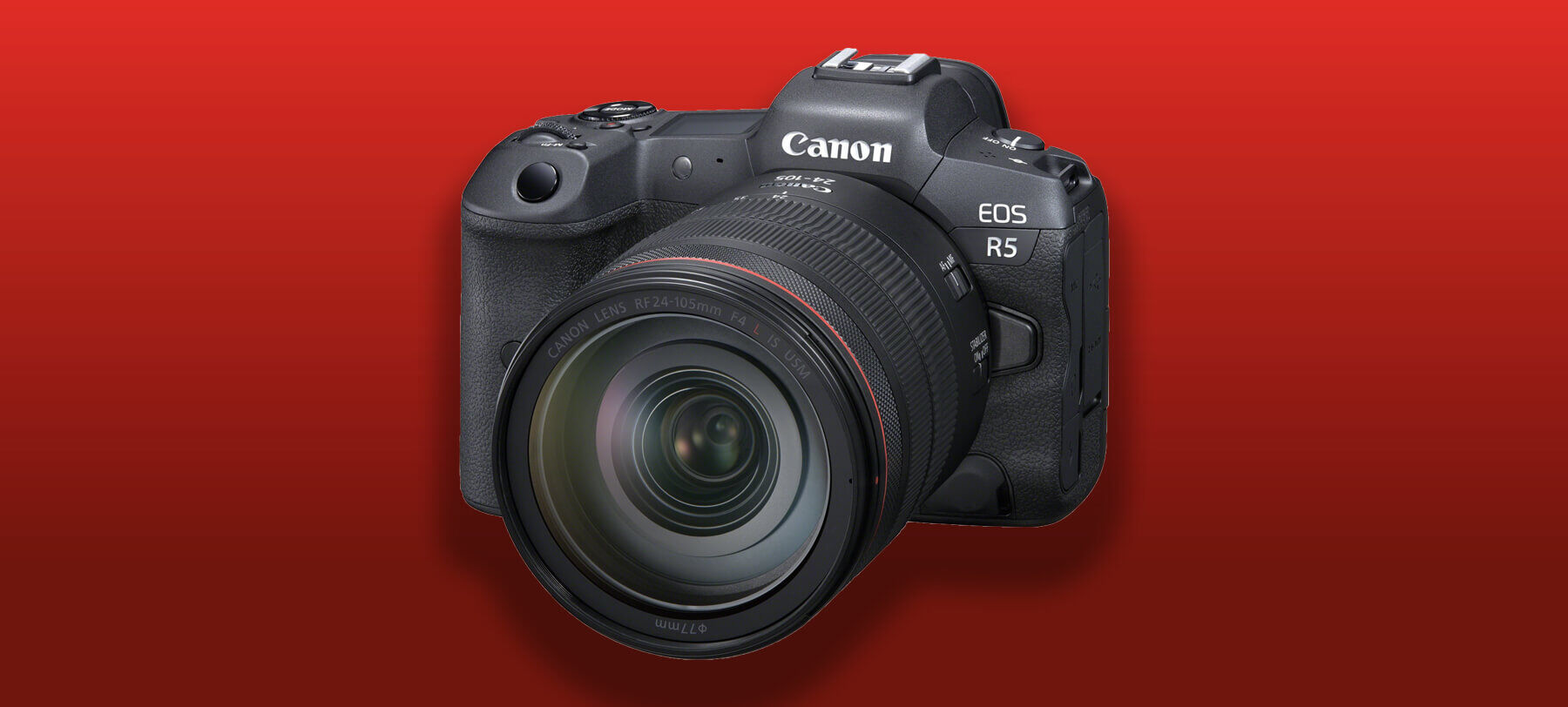
Canon EOS R5 test: something quite special
Posted on Oct 20, 2020
The EOS R5 sits proudly at the top of Canon’s mirrorless camera range with its vast array of photo and video features, including a new 45-megapixel sensor and 8K video. It’s time for us to check it out
If there was a ‘most-talked about camera of the year’ award, it would almost certainly be won by the Canon EOS R5. Canon itself kicked it all off back in April, months before the actual launch, by revealing that the EOS R5 could shoot stills at 12fps with the mechanical shutter and 20fps with the electronic one, and boasted a feature that few people probably actually need: the ability to shoot Raw 8K video internally. Post-launch, the torrent of words has continued, this time with the focus on the EOS R5’s performance, handling and its overheating issue while using that aforementioned feature that few people need. Indeed, Canon has since introduced an updated firmware, v 1.1.0, to address overheating when shooting in high-resolution video modes.
I’m guessing, of course, but it’s very unlikely that the potential threat of overheating will concern, let alone deter, PN readers from buying the EOS R5, assuming they can afford the £4199 body-only price tag, so let’s concentrate on what the camera offers.
The EOS R5 was announced alongside the EOS R6, a model similar in many ways, but which is £2499 body only, has a 20.1-megapixel resolution and doesn’t have 8k video.
The EOS R5 is centred around a new 45-megapixel sensor that has an optical low-pass filter and Canon says this camera can outresolve the 50.6-megapixel EOS 5DS R.
The sensor is not the only big new feature in the EOS R5 – it is also the first Canon mirrorless model to have five-axis in-body image stabilisation, a system designed to work intelligently with the image stabiliser of RF lenses, giving a benefit of up to 8EV – this is the figure claimed for the RF 24-105mm f/4 at 105mm. With the help of the wide-diameter 54mm RF lens mount, this benefit is also possible with non-IS lenses, including the RF 85mm f/1.2 and RF 28-70mm f/2.
Autofocus in the EOS R5 is handled by the same DIGIC X technology found in the EOS-1D X Mark III, and the Dual Pixel CMOS AF II system gives AF as fast as 0.05secs and performs accurately in light as low as -6EV.
Physically, the EOS R5 is a relatively large mirrorless camera, so to give some perspective, it’s not as large as the Panasonic S1/S1R, but is bigger than the Nikon Z 7. It offers a good compromise between fitting the hands well, having enough acreage for good-sized controls and portability, although that’s obviously influenced greatly by your lens choice. For this review, I was supplied with the trinity of Canon’s fast zooms: the RF 15-35mm f/2.8, RF 70-200mm f/2.8 and the lens I spent most of my time with, the RF 24-70mm f/2.8, all L IS USM. All are top-end pieces of glass and very fine performers, giving excellent, contrasty images very rich in fine detail, but none are what you’d call compact, lightweight or cheap.
Performance: ISO
The EOS R5’s native range is 100-51,200 with expansion giving the equivalent of ISO 50 and H at 102,400. I shot several full ISO sets and the one shown was shot at NT Horsey Windpump in the Norfolk Broads. It was twilight and the exposure needed for the ISO 100 shot was 1sec at f/8. The camera was fixed to a Gitzo Traveler tripod and the high ISO and long exposure noise reduction were turned off. The Raws were processed in Lightroom with default noise reduction.
With the EOS R5 having a new sensor, I had no idea of how it would fare in the noise performance stakes, but as it happens, I’m very impressed.
Bearing in mind that no noise reduction had been applied in processing, there’s even more potential for better-quality results, viewing the shots on-screen at 100% grain was visible at ISO 3200, but it was fine and very smooth with barely any impact on fine detail. Move to the ISO 6400 shot and noise is more evident and you can see that it is impacting on the overall quality of the shot, but it is still very, very respectable and totally usable. Quality remains high as you progress up to ISO 8000 and 10,000. By 12,800, the grain effect is more evident and shadows lose some density and that quality fall-off continues at the highest speeds.
To sum up, though, the EOS R5 impresses with its digital noise performance, even more so considering that this is a 45-megapixel camera.
Click the images to see a larger view
The EOS R5’s control layout, in mirrorless terms, is quite traditional with a top-plate info LCD, three command or quick control dials and a Q menu button. There’s a top-plate placed multifunction lock button that can be configured to lock several key controls, including the three control dials, the multicontroller or focus lever and the touchscreen. Also within easy reach of the right forefinger while the camera is up to the eye is the M-Fn button, which takes you into ISO, drive, focusing, white-balance and compensation, selected with the rear control dial and the front control dial varies the settings. There’s also a front-placed depth-of-field preview button for use with the fourth finger of the right hand, so easy to access while shooting. Gone is the M-Fn touch bar seen on the EOS R – which is a good thing, because it wasn’t very effective.
As you would expect of a top-end camera, the EOS R5 is blessed with numerous options to customise most buttons and dials, including the three control dials. The AF-ON, AE-L and depth-of-field buttons, for example, can be set to 51 options and even the mode button has a choice of 45 features. RF lenses are equipped with a control ring and this is another customisation opportunity, and there’s the choice of how features are used. For example, the ring can be used to alter ISO, compensation or aperture value and you can do this by operating the ring on its own or in conjunction with partial pressure on the shutter button.
To switch to and from stills to video shooting, press the mode button followed by the info button. It works fine, but it’s not as intuitive as the control knob found on the Fujifilm X-T4, which says simply ‘Still’ and ‘Movie’. But if you want to shoot video while you are in stills shooting, just press the record button and recording starts immediately.
The vari-angle monitor has touch functionality that can be switched off and has many of the options you would expect. So you can switch off touch completely, use touch AF or use touch shooting. There’s touch-and-drag AF, too, which is a good alternative to using the focus lever and is available while the eye is up to the viewfinder, and the sensitive area can be varied. Touch control works during playback, too, so you can swipe through a series of shots and pinch to zoom in.
The EOS R5 has dual card slots, CFexpress and SD UHS-II, and how data is recorded can be customised to suit your needs. For this test, I used a Lexar 128GB 1750MB/s CFexpress card and a Lexar 2000x SD card. It’s fair to say that if you want the very highest levels of performance from the EOS R5, you need to use those expensive CFexpress cards – the Lexar 128GB CFexpress card is £249. If you want to shoot 8K or 4K 120p, that is only possible with CFexpress cards, although the less-demanding 4K 30p can be recorded to SD UHS-II cards. If you’re thinking that XQD cards will work, they don’t. At least, my Sony XQD cards didn’t – they fit, of course, but you get an error message.
Performance: image stabilisation
Canon was at the vanguard of camera-shake defeating image stabilisation, with IS technology featuring in many of its EF lenses – the first was the 75-300mm f/4.5-5.6 in 1995 with a claimed 2EV benefit. By comparison, and skipping forward to today and the EOS R5, this is Canon’s first camera with in-body image stabilisation (IBIS) and has up to 8EV benefit with compatible lenses for stills shooting and, of course, helps to shoot handheld movies with minimal judder.
An 8EV benefit is a lot and the small print in the Canon brochure says this is with the RF 24-105mm f/4L IS USM at 105mm. If we assume 1/125sec is needed for a non-IS shot with that lens and focal length, an 8EV benefit takes us down to a shutter speed of 2secs. As it happens, I didn’t have that particular lens, so tested the IBIS with the RF 24-70mm f/2.8L IS USM.
I photographed Bourn windmill at twilight on a still evening at both extremes of this lens with shutter speeds down to 2secs, relaxing my arms between shots. At 70mm, I didn’t get any pin-sharp shots at 1sec or 2secs, but managed two out of five at 1/2sec and three at 1/4sec, so I didn’t get close to the claimed 8EV figure at 70mm, but did okay with around a EV5 to EV6 benefit. At 24mm, though, I did much, much better and got four out of five pin-sharp shots at 2secs, so achieving the 8EV benefit. I was impressed with that showing, especially because I thought I’d swayed during the exposure, but the IBIS must have corrected it for me.
The system does well during video use, too, helping give watchable footage, even when walking along and there’s also an enhanced IS setting that’s available for even smoother footage, although this comes at the expense of a slight crop.
All told, the IBIS on the Canon EOS R5 is very capable and very handy to have, as it means getting sharp shots when your shutter speeds drop and you don’t have a tripod with you or aren’t allowed to use one.
To check out for myself the heat issue mentioned at the start of this review, I set the camera to shoot 8K 30p IPB with the Lexar CFexpress card. Starting with a cool camera at an ambient temperature of 20°C, my sample had the heat warning showing at 16mins 20 secs and the camera shut down after 18 mins. Turning the camera back on immediately with the overheat symbol flashing on the video screen, no more videoing was possible, but I could switch to stills and shoot at continuous high as normal. After about ten minutes, the camera had cooled sufficiently to allow one minute of video, although the overheat indicator was still blinking. I pressed the button and got 2 mins 30 secs of video before the ‘Overheated! Shutting down’ message appeared. The overheat warning went ten minutes later.
Shoot in 8K and each individual frame is around 35MB and, at 30fps, that’s a lot of data being dealt with – and that’s why a great deal of heat is generated. The high-performing CFexpress cards run hot, too. After writing 10GB of images to my hard drive using a Lexar CFexpress card reader (XQD readers also don’t work) the ejected card was hot – not just warm, but seriously hot.
If your plan is to use the EOS R5 for lengthy 8K clips, or perhaps lots of shorter clips in quick succession or lots of slow-motion 4K, you need to think about the heat issue.
For stills shooting, there was no overheating problem and plenty of capacity with both card types. Using the Lexar CFexpress card with Raw, you get 12fps with the mechanical shutter for hundreds of frames – I got 206 shots in one burst before the camera paused for breath and the buffer cleared within seconds. Set CRaw format and you can shoot until the card’s full – and that applies to both CFexpress and SD cards. Shoot Dual Pixel Raws, which are around 115MB each, and offer more post-editing options, including the chance to alter lighting and backgrounds in-camera, the continuous shooting rate is more leisurely. I got 46 shots on the SD card before buffering – and hundreds on the CFexpress card. Basically, the EOS R5’s continuous shooting is easily fast enough to keep most people happy.
Autofocusing on some mirrorless models can compare poorly with DSLRs, but not the EOS R5. It was very responsive, exceedingly rapid and sensitive when light levels were very low. I used single-spot AF, expanded area AF, zone AF and wide zone face+tracking AF. In the zone modes, with animal or people detect selected, you can see the little AF boxes reacting to the scene and keeping focus impressively. With animal detect on, the AF worked very well with dogs and less well with birds, unless they were a reasonable size in the frame. As an example, shooting starlings with the 70-200mm f/2.8 at the 200mm end, animal detect didn’t start to kick in until I was within ten metres, and then the AF worked really well and you could see the focus boxes busily working away.
With human subjects, the AF tracked well and eye focus latched on quickly and stuck to the task as the subject moved within the frame, and then reacquired quickly if the head was briefly turned away.
Performance: exposure latitude
Exposure brackets were taken using the Canon EOS R5 in a variety of lighting situations, from dull and overcast to full-on sun. The bracket shown here, of St Peter and St Paul’s Church in Lavenham, was taken in bright sun with the base exposure of 1/250sec at f/8 and ISO 100. The lens used was the Canon RF 15-35mm f/2.8L IS USM at 17mm and a nine-shot bracket from -4EV to +4EV was taken in manual exposure mode (only +/-3EV shots shown here). The full-sized Raws were exposure corrected in Lightroom – only exposure was corrected, so no white-balance or highlight/shadow adjustments were made.
Exposure latitude performance was very good with underexposure, and around average with overexposure, especially when the conditions were contrasty. Starting with overexposure, while the +2EV shot recovered pretty well, the strongest highlights still needed help to show any detail and to compare well with the correctly exposed shot. The +3EV and +4EV shots fared poorly with a colour cast, as well as burnt-out highlights.
By comparison, underexposure fared much better, with even the -4EV shot recovering very nicely to give an excellent result. There was an increase in digital noise in the shadows with the -4EV and -3EV shots, but not as much as I’ve seen from other cameras, and the -2EV and -1EV shots looked just about the same as the correctly exposed frame.
So, the EOS R5’s Raws did impressively well with underexposure, but less well with overexposure.
Canon makes bold claims about the camera’s IBIS system with a benefit up to 8EV. Of course, the actual benefit depends on a great many imponderables. I did some outdoor and indoor handholding tests shooting stills, mostly with the 24-70mm. At 50mm, I was consistently getting good results at 1/4sec and 1/2sec and moderate success at 1sec, but at 24mm I had a decent hit rate even at 2secs. See the panel ‘Performance: image stabilisation’ for more details.
My testing period coincided with a weekend break, so I managed to shoot in a variety of lighting situations and I have to say I was delighted with what the EOS R5 produced. Great autofocusing, consistently spot-on exposures, skilful auto white-balance performance and generally very fine quality files that edited nicely – my Raws were processed through Adobe Lightroom. I didn’t get the chance to really dig deep into the camera’s AF skills, say for street, shooting flying birds or action subjects like racing cars. And of course I’d love to try the RF 600mm f/11 and 800mm f/11 lenses on the EOS R5, but the signs are very promising.
In fact, during the short time I had the EOS R5, I found many aspects of it very promising and not much that was negative. Yes, I managed to overheat it shooting 8K, but when I mentioned that to a few video shooter colleagues the response was along the lines of: “I wouldn’t shoot 8K and 4K is enough.” For stills, I was very pleased with the quality of out-of-camera JPEGs and the Raws looked fab, too. This is a superb mirrorless camera.
Canon RF 24-70mm f/2.8L IS USM
I’ve no complaints about this lens’s optical prowess. It delivers impressive images throughout its focal length range, even at f/2.8, although there is a little vignetting at the wider settings that goes by f/5.6. Sharpness levels are very high, especially at 24mm, and shots looked amazing, even at f/2.8. Performance levels at the tested 50mm and 70mm settings probably didn’t reach the same heady heights, but were still very good indeed.
As the RF 24-70mm f/2.8L IS USM is a £2330 lens, you would expect a leading performance and I think you get it, so it justifies its price tag.
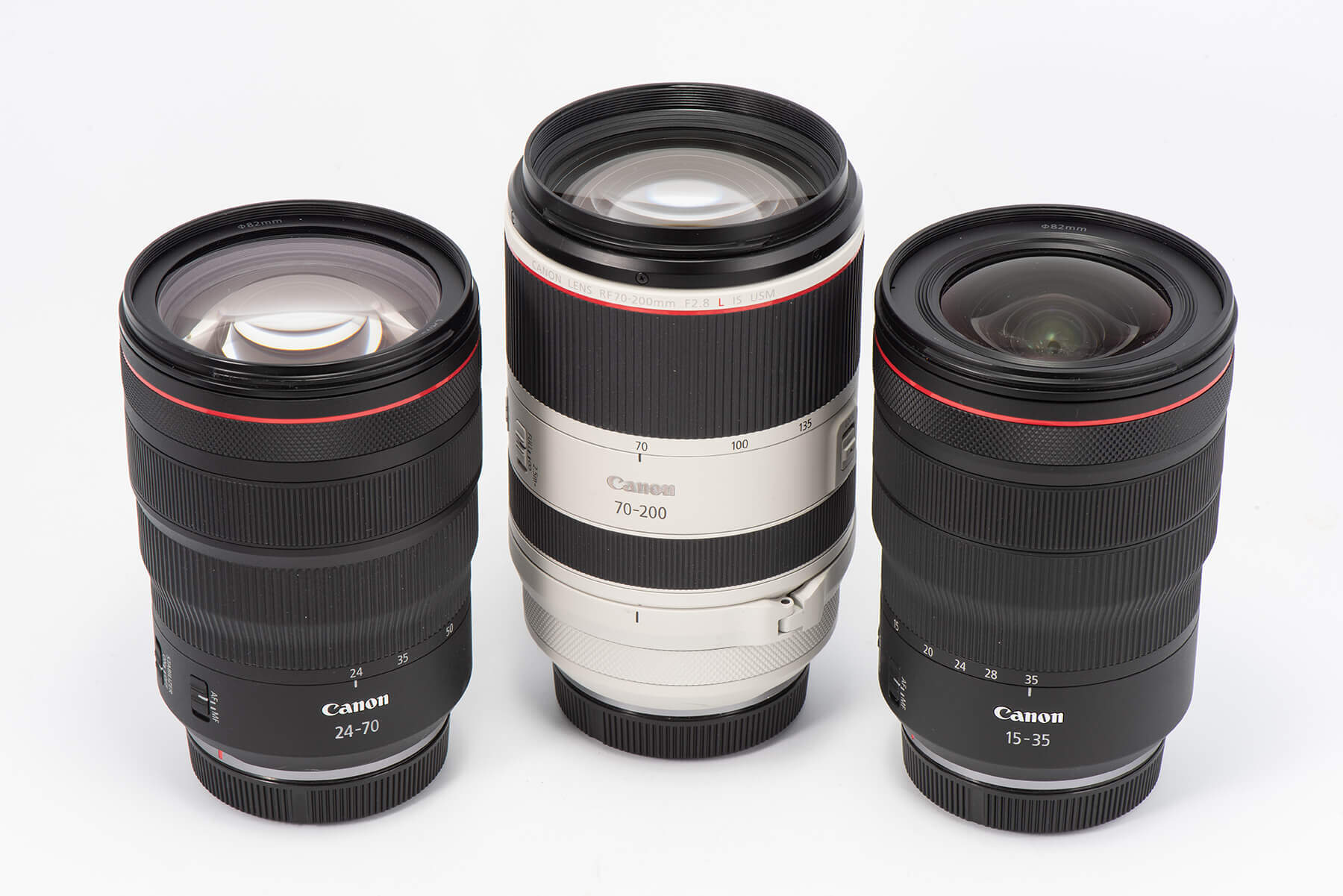
Verdict
Many Canon owners have been waiting patiently for a high-megapixel count, full-frame mirrorless, EOS 5D-level camera – well, the wait is over, because the EOS R5 is it. It is something quite special. It’s great to use, delivers an awesome performance and has the feature set, including 8K video, that helps make the camera future-proof. Of course you pay for it, but it’s true that often you do get what you pay for and the EOS R5 is great value whether you’re a stills, video or hybrid photographer.
Pros: Image quality, accurate and sensitive AF, high ISO performance, customisation potential
Cons: Price, 8K shooters need to be aware of overheating
For more information, please visit the Canon website.
As featured in issue 82 of Photography News.


